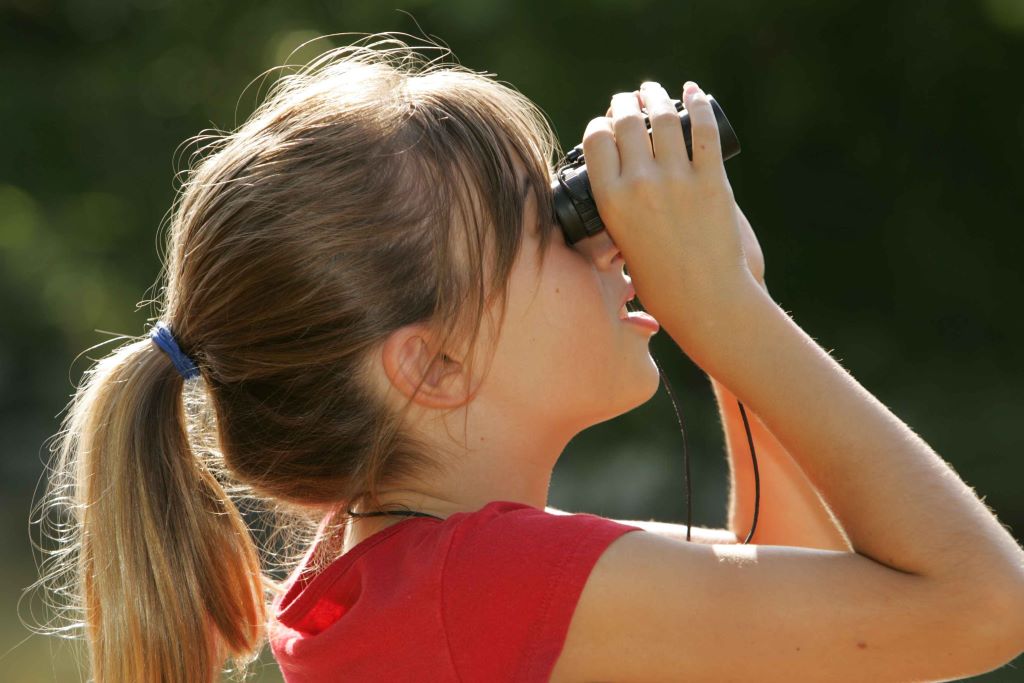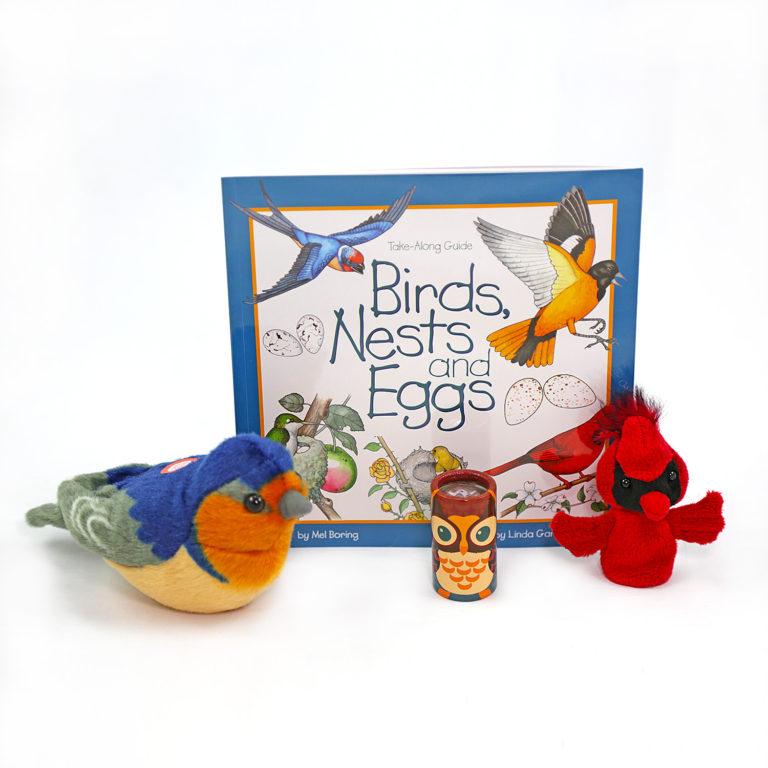Do you have a young child that wants to get into birdwatching? Or are you trying to encourage your child to put their devices down and get out into nature, with birdwatching as an incentive? Whatever the reason, we’ve got some tried-and-true tips for helping the young birders in your life.
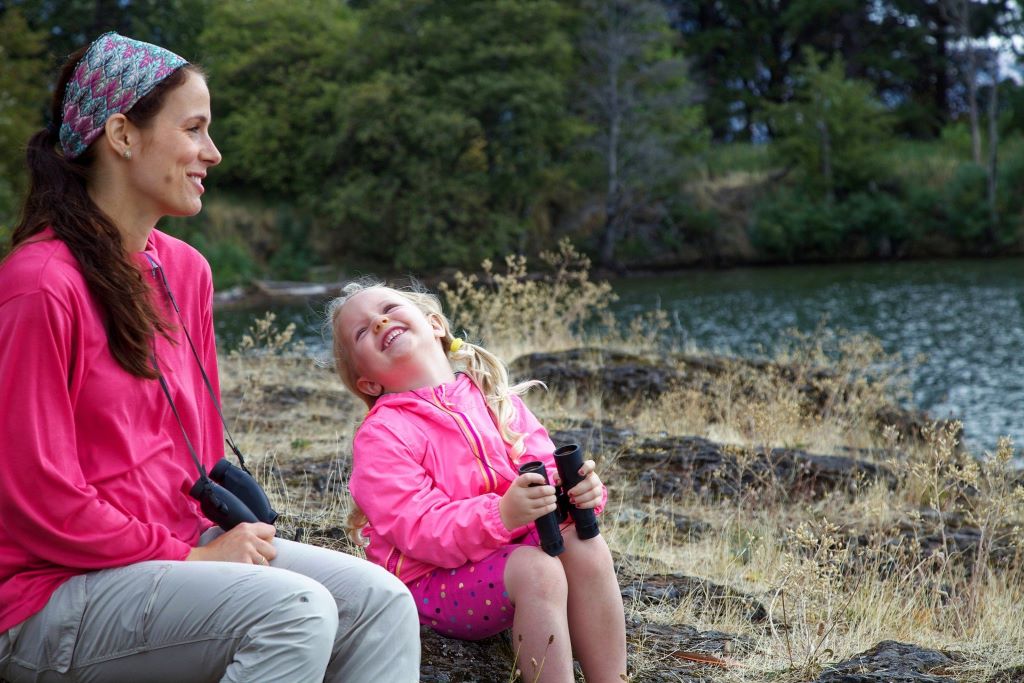
Start Tiny Birders Off Right
It’s never too early to start stoking your child’s love for nature. There are many ways to parlay their sense of wonder into a deeper appreciation for birds, wildlife, and the environment. Bird-themed board games help them visually identify and learn the names of the birds they see out in nature. Activity and coloring books about birds also play up the fun factor while keeping things educational. Of course, if they’re really tiny, like a toddler or preschooler, picture books and bird plushies work too! (If that’s the case for you, Chirp’s Toddle into Nature Gift Set is for your little one.)
Begin with Backyard Birdwatching
One of the great things about birdwatching is that it can be done by anyone, anytime, and anywhere. When starting your budding birder off, why not begin in your very own backyard? Handing one or more bird feeders is a surefire way to attract a variety of birds to your garden or yard. Especially if you offer multiple types of bird food favorites, like high-quality seed mix, suet, mealworms, and nectar. The trick is to find out what foods your local birds like, and go from there.
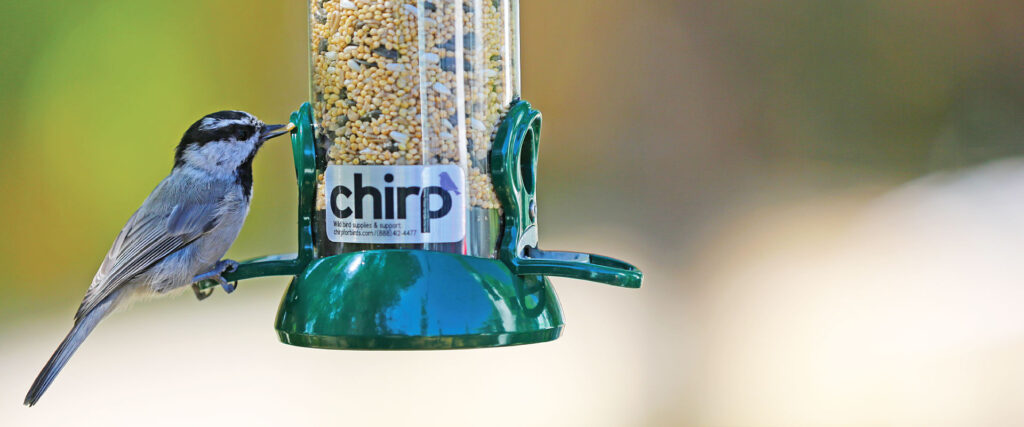
Want to give them a front-row seat to the birds in your yard? Give your young naturalist a window feeder for their bedroom window. What better way to start their birding adventure than to bring the birds to them for closer inspection? Watch as they learn about and identify the birds at their window, one by one. Not only is it fun for them, but it builds important life skills like observation, concentration, and an appreciation for nature.
Bigger Little Birder? Time for Some Gear!

If your little birder has more than a passing fancy for the hobby, it’s time to get them some gear. Tools like binoculars and a good field guide will take them from curious naturalists to expert birdwatchers in no time. Think about your child seeing a new bird for the first time through their own binoculars, then gleefully opening their field guide to identify that bird. Watch them build knowledge and confidence as they record the birds they see on each outing, until they can eventually recognize and name them by sight and sound.
What to look for in a pair of binoculars for kids:
- A wide field of view (6- or 7-power)
- Lightweight, compact design for small hands
- Kid-proof construction (sturdy, shock-absorbent, waterproof, etc.)
Chirp’s recommendations:
- Chirp’s Young Birders Gift Set (includes binoculars, field guide, bird call, and Chirp sticker)
What to look for in a field guide for kids:
- Colorful bird images or illustrations for identifying birds
- An easy-to-follow format without tons of text
- A place to write notes and doodle
Chirp’s recommendations:
- Peterson Field Guide to Birds of Western North America
- Young Birder’s Guide (also included in Chirp’s Young Birders Gift Set)
- Birding for Beginners
- Celebrating Birds: An Interactive Field Guide Featuring Art from Wingspan
- The Sibley Birds Coloring Field Journal
- The Kid’s Guide to Birds of California
- Bird Log for Kids
- The Crossley ID Guide: Western Birds
Get Out into Nature!
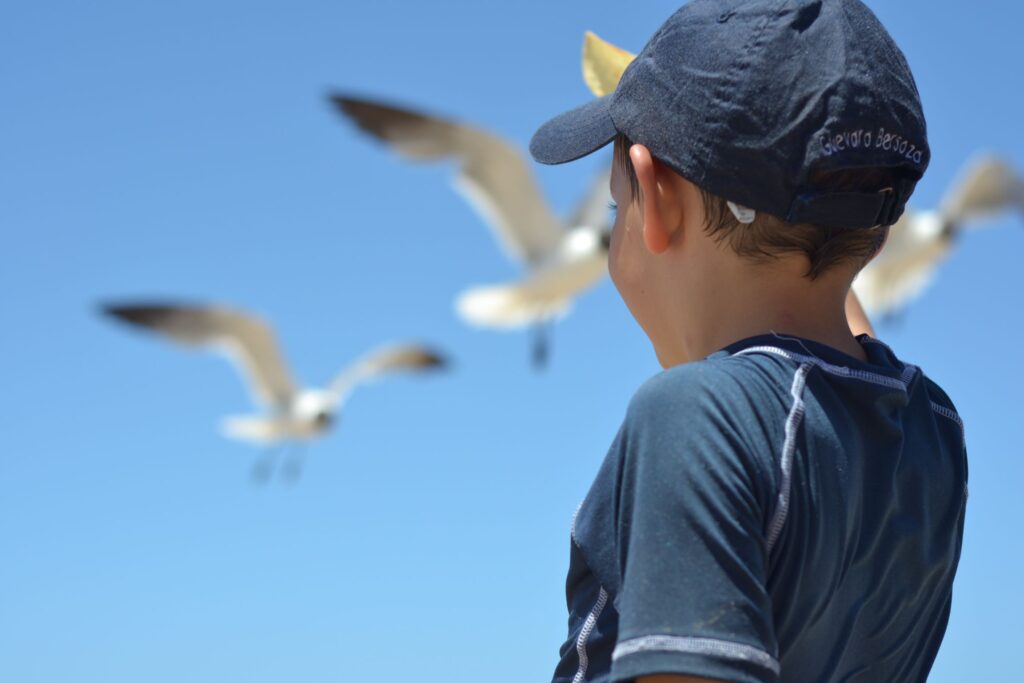
Now that you’ve got the gear, it’s time to get out there! Take a day hike to your local nature preserve or lake, or go on a weekend trip to the mountains. Do you live by the beach? Spend a day on the sand watching the gulls, pelicans, plovers, sandpipers, and other birds with your young ones. Even if you live in the city, your local park will be loaded with bird activity.
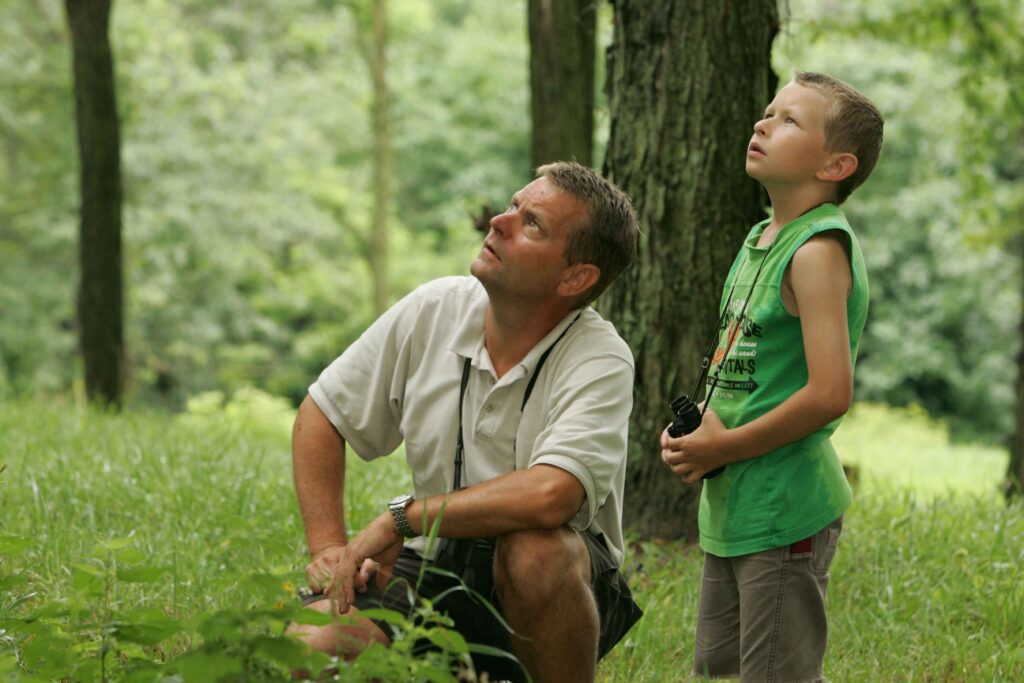
Want to amp up the fun even more? Make it a game! Try a scavenger hunt, where birds need to see all the birds on your list. Or see which one of your family can see the most types of birds in one outing. Help kids identify the birds around them by sight, sound, and behavior. There are tons of ways to get young ones involved on their very own bird adventure—use your imagination (and encourage them to use theirs!)
Need help finding the best birdwatching spots in Big Bear? Check out our free guide, “Where to Go Bird Watching in Big Bear Lake.”
Go Online
As you can imagine, there are several fun, interactive places kids can go to learn about birds online, including:
- Audubon for Kids! by The National Audubon Society
- Bird Sleuth lessons and activities for kids K-12 by the Cornell Lab of Ornithology
- Bird Song Hero game by the Cornell Lab of Ornithology
- BeastBox game by the Cornell Lab of Ornithology
- Online games for kids by The Royal Society for the Protection of Birds
Join a Kid’s Birding Group

There are tons of group activities out there for your little birder! Get them around like-minded kids by finding a kid’s birder group to join. Search the American Birding Association website to find a local group. The eBird website has a similar list of Young Birders Clubs broken up by state.
Bring Your Family on a Bird Walk

Of course, you and your little ones are always welcome to join us for our monthly bird walks! On the first Saturday of every month, May through October, we meet at the Chirp Nature Center at 8am for a guided tour of Big Bear Valley’s local birding hotspots. These walks are free of charge, and so are the virtual bird walks we post on our Facebook page and YouTube channel. We’d love to see you and your young ones soon!
On your way to your next birdwatching adventure, pick up a copy of our free “Birdwatching Guide for Big Bear Lake” from the Chirp Nature Center. It includes a map of the Big Bear area and a list of the birds you’ll likely run into, as well as other tips for new, young, and advanced birders. Happy Birding!

